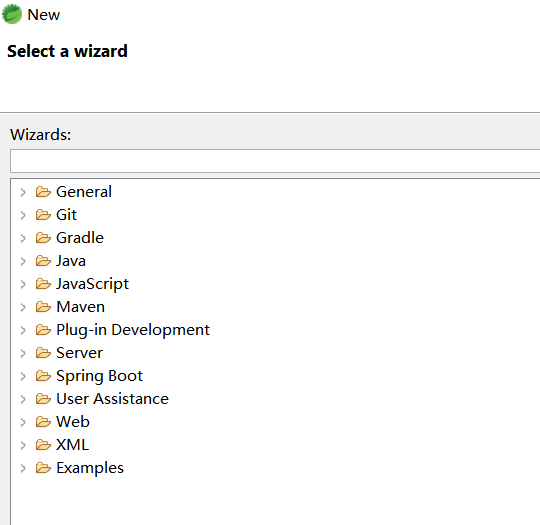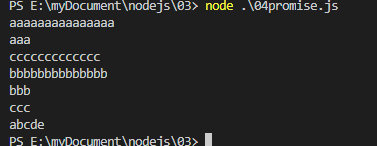并发控制挑战:Java多线程编程实例
在Java中,多线程编程为解决并发问题提供了工具。以下是一个简单的Java多线程示例:
- 创建类(假设我们创建一个名为
CounterThread的类)
public class CounterThread extends Thread {private int count = 0;public CounterThread(String name) {super(name);}// 线程运行的方法@Overridepublic void run() {while (true) { // 无限循环,模拟持续计数count++;try {// 模拟耗时操作,线程在此等待Thread.sleep(100); // 100毫秒的休眠} catch (InterruptedException e) {e.printStackTrace();break; // 线程中断,退出循环}}}// 获取当前计数public int getCount() {return count;}}
- 创建线程并启动(创建一个
CounterThread实例,并开始它的运行)
public class Main {public static void main(String[] args) {CounterThread counterThread = new CounterThread("Counting Thread");// 启动线程counterThread.start();try {// 线程执行完毕后,获取计数值int count = counterThread.getCount();System.out.println("Final Count: " + count);} catch (InterruptedException e) {e.printStackTrace();}}}
以上代码示例创建了一个名为CounterThread的线程类。这个线程会无限循环,模拟计数器的行为。在主线程中启动这个线程,并在执行完毕后获取最终的计数值。


































还没有评论,来说两句吧...